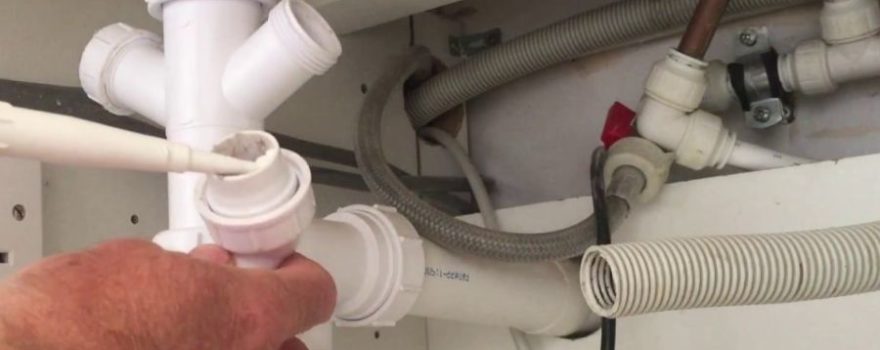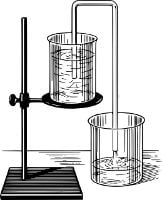
In order to understand what does a siphon break do on a washing machine you need to know what a syphon is! The syphon is the u-shaped upside-down tube that makes the water flow upwards inside your appliance without a pump. In theory, the atmospheric pressure pushes the water up, and gravity pulls the water down.
Syphons are used in automatic washing machines to make a small surge of water into a large surge, then to reset and fill again. Inverted syphons are commonly known as traps as they prevent smelly and dirty water from coming back into the appliance. Backflow is an unwanted flow of water in the reverse direction, and this may occur when the supply pressure is lower than that of the system.
When the syphon is working properly the water will go into the appliance and then straight down the drain. If the washing machine gets stuck on a fill setting this may be due to the washing machine waste pipe being fitted too low, or the drain hose pushed too far down into the waste pipe.
Break down Causes
When air is allowed to get into the system the syphon will be affected, and may even stop. Trapping large bubbles in parts of the tubing and then sealed by the water, this can cause the syphon to fail. You need to make sure that any connections are tight. If the syphon is located at the back of the soap dispensed drawer you’ll need to take that out first. Then you’ll be able to inspect the syphon tube.
The syphon tubing is prone to bending and kinking. Resistance due to kinks can reduce the pressure that pushes the water upwards, and this loss of pressure can cause a possible syphon collapse. When water is emptied quickly this can result in a loss of sealing volume, and holes in the tubing can be filled with debris and need to be cleaned by hand and re-sealed.
The washing machine standpipe is the vertical piece of pipe that your water drains into, and sometimes backflow can occur. This can cause water to leak onto the floor or even flow back into the washing machine itself.
Be syphon Savvy
If your syphon isn’t working properly there are a couple of things you can try. A valve positioned in line with the syphon can act as a block to the water flow. You can then open the valve to resume a normal water flow without having to re-prime the syphon.

Or you can get a washing machine anti-syphon valve that lets air into the system as soon as the pressure in the syphon tubing falls below the atmospheric pressure. Anti-syphon connections are suitable to use with most washing machines and prevent the water from syphoning back in.
A valve will often be supplied with two separate connectors to ensure the outlets ends fit snugly over the central body of the valve. Anti-syphon valves actually work as a one-direction check valve as they neutralise negative syphonic pressure and prevent gurgling.
To avoid backflow the washing machine drain hose must be properly maintained. Keeping it free from kinks and twists between the hose and the standpipe will make sure there aren’t any problems here.
Time to Call in The Professionals?
You may need to get a trusted washing machine repair technician to fix syphon breakdown issues for you. Find a reliable domestic appliance repair service that offers solutions to your syphon problems at an affordable price. Experienced and knowledgeable tradesmen will use all of their skills – and modern equipment – to quickly get your washing machine up and running again.



